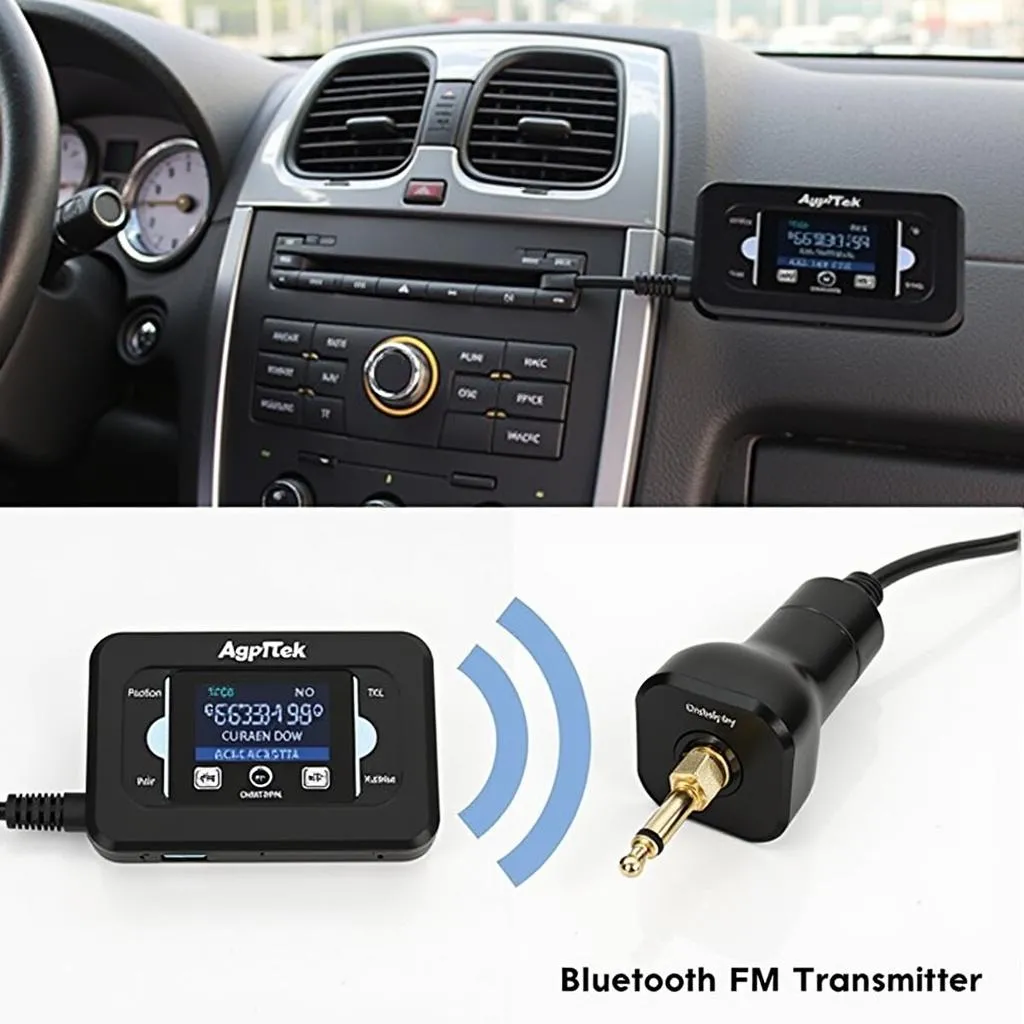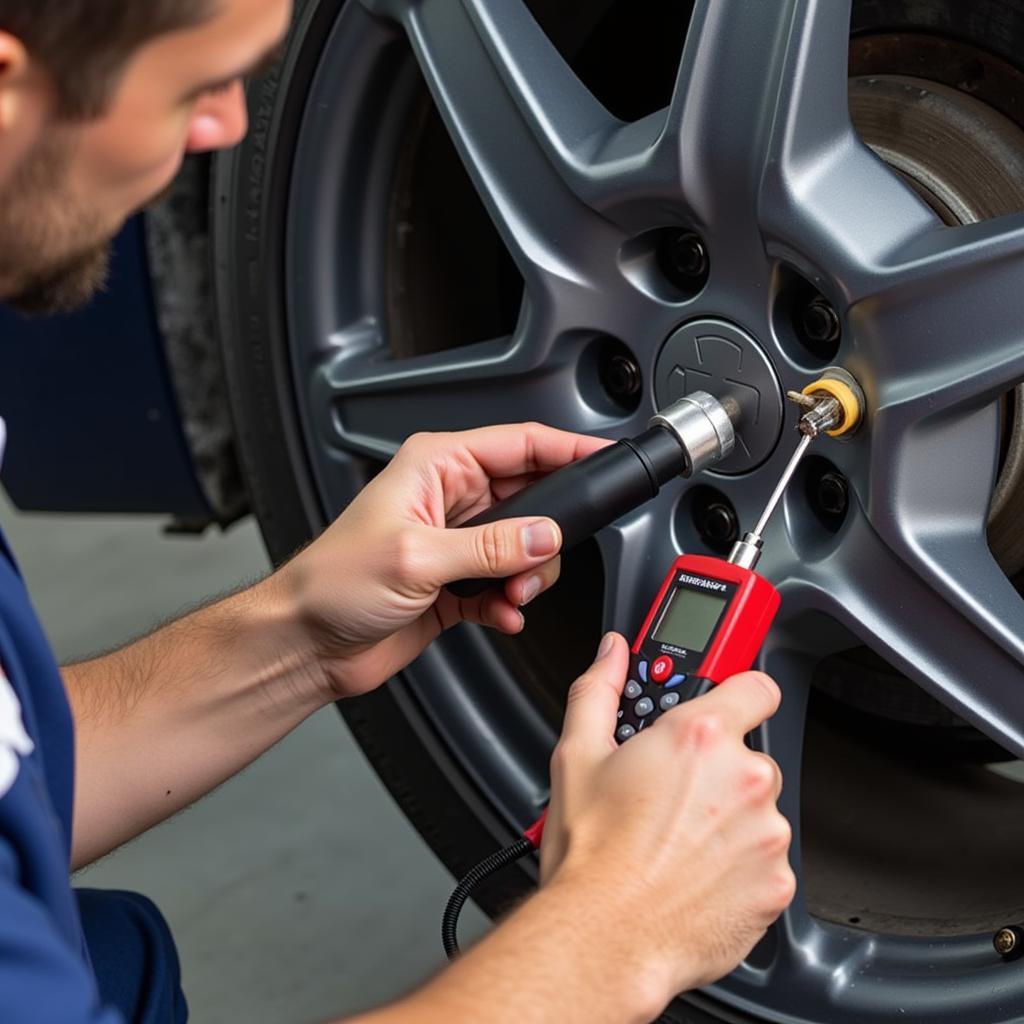A dead key fob battery can leave you stranded. This guide covers everything you need to know about why your key fob battery dies, how to diagnose the problem, and how to fix it yourself. We’ll explore common causes, offer step-by-step solutions, and provide expert advice to get you back on the road quickly.
Why is My Key Fob Battery Dead?
Key fob batteries, like all batteries, have a limited lifespan. Factors like frequency of use, extreme temperatures, and even moisture can contribute to a battery dead on key fob. Sometimes, the issue isn’t a dead battery at all, but a problem with the key fob itself or the car’s receiver. Let’s delve into some common culprits.
Common Causes of a Dead Key Fob Battery
- Age: The most frequent cause. Batteries naturally deplete over time.
- Frequent Use: Constantly locking and unlocking your car puts a strain on the battery.
- Extreme Temperatures: Both hot and cold weather can negatively impact battery performance.
- Moisture: Water damage can corrode the battery and its connections.
- Key Fob Malfunction: Internal damage to the key fob itself can prevent it from functioning.
- Car Receiver Issues: Rarely, the problem lies with the car’s ability to receive the key fob’s signal.
A new key fob battery can unexpectedly die due to a faulty battery or improper installation. For more information on this, see our guide on new battery already dead.
How to Diagnose a Dead Key Fob Battery
How can you tell if your battery dead on key fob is the actual problem? Here are a few telltale signs:
- Reduced Range: You have to be much closer to your car for the key fob to work.
- Intermittent Functioning: The key fob works sometimes but not others.
- No Response: The car doesn’t respond to any button presses on the key fob.
- Warning Light: Some cars display a warning light on the dashboard indicating a low key fob battery.
If you suspect a dead car battery and have an automatic transmission, check out our article on automatic car dead battery for helpful tips.
How to Replace a Key Fob Battery
Replacing a key fob battery is often a simple DIY task. You’ll need a new battery (check your owner’s manual for the correct type), a small screwdriver, and possibly a small pry tool.
- Consult Your Owner’s Manual: This is crucial for finding the correct battery type and specific instructions for your car model.
- Open the Key Fob: This usually involves a small release button or a slot for a screwdriver. Be gentle to avoid breaking the casing.
- Locate and Remove the Old Battery: Note the battery’s orientation for proper replacement.
- Install the New Battery: Make sure the positive and negative terminals are aligned correctly.
- Reassemble the Key Fob: Snap the casing back together securely.
- Test the Key Fob: Try locking and unlocking your car to ensure the new battery is working.
“Always ensure you use the correct battery type for your key fob. Using the wrong battery can damage the fob or even create a safety hazard,” advises John Smith, Senior Automotive Electrical Engineer at AutoTech Solutions.
What If the Problem Isn’t the Battery?
If replacing the battery doesn’t solve the issue, the problem might lie elsewhere. It could be a faulty key fob, a problem with the car’s receiver, or even a parasitic battery drain. If you’re facing a situation where your car battery working but not starting, this article offers some troubleshooting steps.
“A parasitic drain can slowly deplete your car battery, even when the car is off. Identifying and addressing this issue is essential for long-term battery health,” notes Sarah Jones, Lead Diagnostic Technician at CarCare Diagnostics.
For Jeep Cherokee owners, key fob issues might be related to specific model problems. Our guide on jeep cherokee battery problems provides further insights. You can learn how to find parasitic battery drain multimeter using this helpful resource.
Conclusion
A battery dead on key fob can be a minor inconvenience or a major headache. By understanding the causes, diagnostic steps, and solutions outlined in this guide, you can quickly resolve the issue and get back behind the wheel. Remember to consult your owner’s manual for specific instructions and always prioritize safety.


